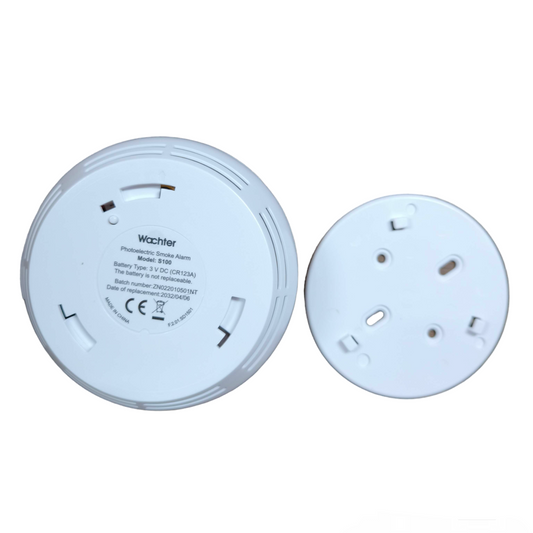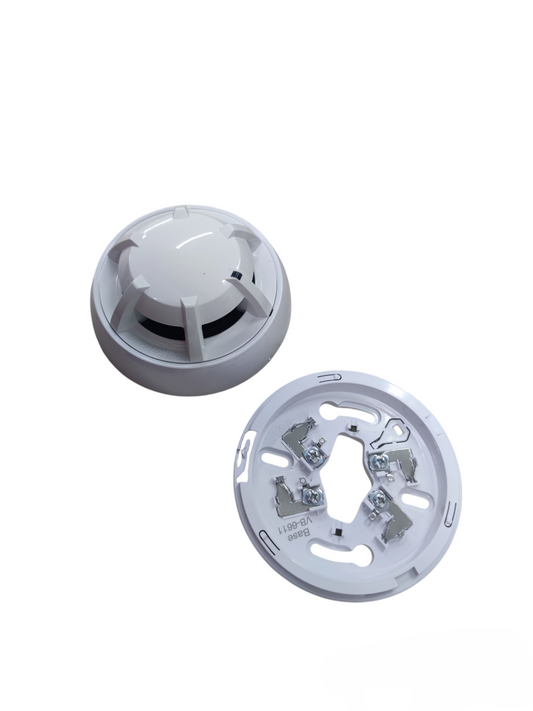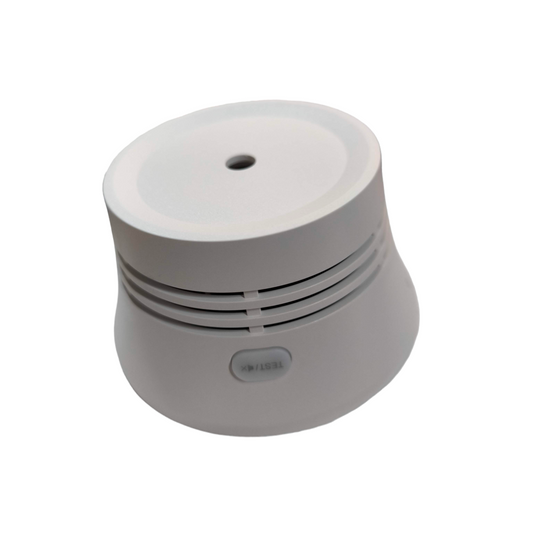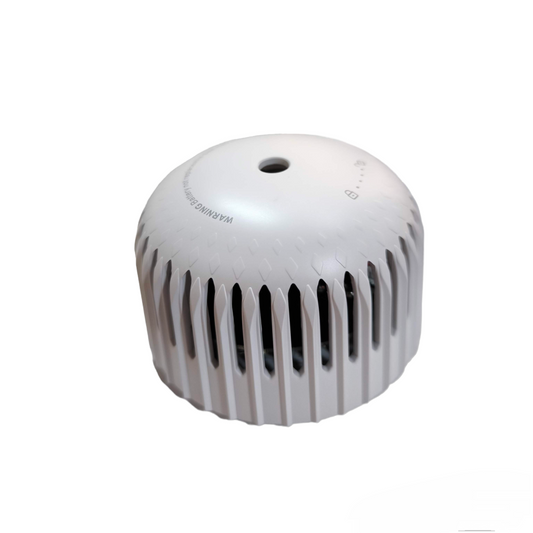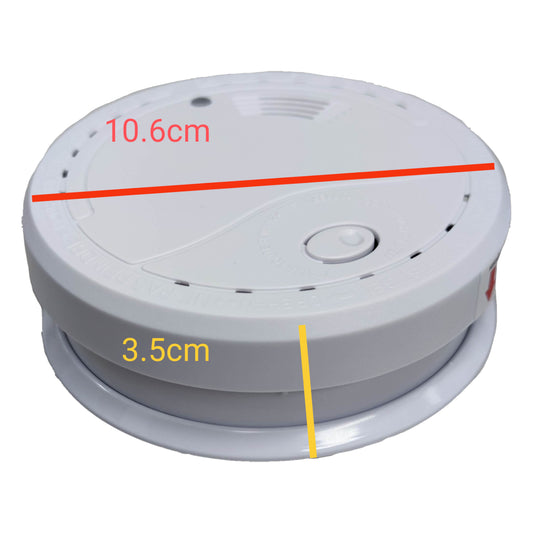When choosing between conventional and addressable smoke detectors, it's important to understand their key differences:
Conventional Smoke Detectors:
-
How they work: These systems divide a building into "zones." When a smoke detector in a zone is triggered, the control panel indicates that an alarm has occurred in that specific zone, but it cannot pinpoint the exact device that was activated.
-
Wiring: Multiple devices are connected to a single circuit (zone).
-
Cost: Generally less expensive for the alarm panel and individual devices. Installation costs can be higher due to more extensive wiring.
-
Suitability: Best for smaller buildings or facilities where precise location isn't as critical, and budget is a primary concern. Examples include small offices, retail stores, or residential properties.
-
Simplicity: Simpler to set up and integrate with various brands.
-
Limitations: Cannot pinpoint the exact location of the fire within a zone, leading to longer search times for responders. Less flexible for expansion.
Addressable Smoke Detectors:
-
How they work: Each device (smoke detector, heat detector, manual call point, etc.) has a unique electronic "address" or identifier. When a device is triggered, the control panel displays the exact device and its location.
-
Wiring: Devices are connected to a control panel through a loop or network, often requiring less wiring overall compared to conventional systems.
-
Cost: Higher upfront cost for the panel and devices, but potentially lower installation costs due to less wiring.
-
Suitability: Recommended for larger buildings or complex facilities where precise event location, advanced features, and faster response times are crucial. Examples include hospitals, schools, and industrial facilities.
-
Functionality: Offers advanced features like precise location identification, self-diagnostics, fault tolerance (if one device fails, others on the loop may still work), and the ability to adjust sensitivity. Can also be integrated with other building systems (e.g., HVAC shutdown, sprinkler activation).
-
Benefits: Faster response times for emergency services, reduced false alarms (due to better diagnostics), easier maintenance and troubleshooting (as the exact faulty device is identified), and high scalability for future expansions.
Which to choose?
-
For smaller buildings or simpler layouts where cost-effectiveness and basic fire detection are sufficient, a conventional system might be suitable.
-
For larger, more complex buildings where rapid, precise fire location is critical for safety and property protection, an addressable system is the preferred choice due to its advanced functionality, improved response capabilities, and scalability.



